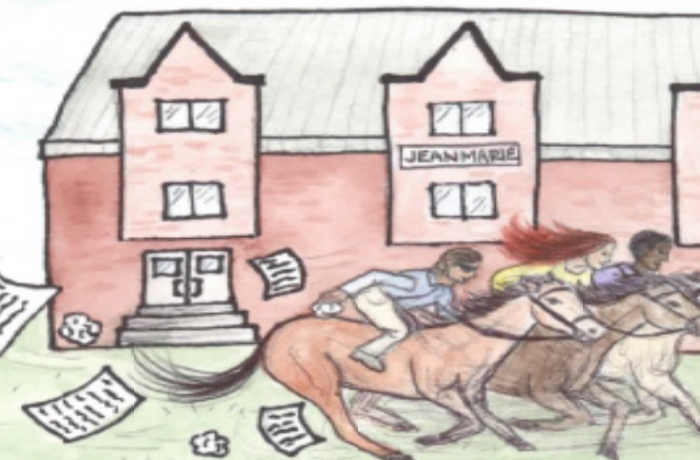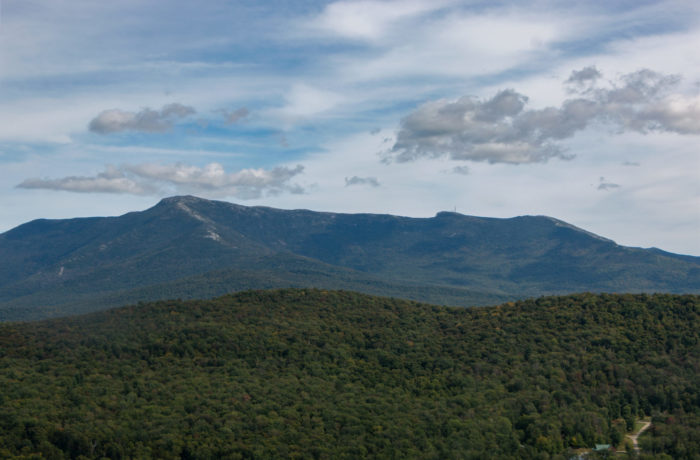By Nanako Iwasawa
Staff Writer
Perhaps you have noticed the Peace Pole beside the chapel, sculpture in the St. Ed’s courtyard, or the Little Library in the International Gardens? But do you know anything about them? College archivist, Liz Scott, helped us track down a little info about all three.
A little library: A tiny bookshelf covered with colorful flowers, bees, and butterflies flying, matching the scenery around it sits in the Teaching Garden in front of Klein Hall. It was built by faculty and a librarian in 2016 to honor Rev. Mike Cronogue, a beloved Edmundite who died that year. They ordered a kit from “Little Free Library,” a non-profit organization which inspires a love of reading through exchanging books and together they constructed and painted it. “It’s such a strange mix of books in a good way,” said Maura D’Amore, associate professor of English, who helped with the construction. “Sometimes there are children books in there. Sometimes there are students’ books for the semester. Sometimes faculty who are retiring leave books there.” Her son who helped paint the bookshelf three years ago, donated a comic book he made hoping people find it. “It’s a little bright spot in winter. When the garden comes to a life, I hope many people use it.”
Road to Emmaus: The black granite sculpture in the Emmaus Courtyard, built in 1990, depicts the scene from Luke 24, of two disciples walking from Jerusalem to Emmaus after Jesus was crucified. Jesus, who was resurrected, approached and asked them “What are you discussing with each other while you walk along?” Not recognizing him, the disciples expressed their sorrow and confusion that Jesus had a sentence of death but there was no body in the tomb. As they walked, Jesus lifted confusion from the disciples and gave them hope. “When they started walking, they were fearful, afraid, confused, and did not understand the significance of him dying, but Jesus came into their lives, and opened it up in a new way,” said Anna Lester, assistant director of campus ministry. By carving the hands and feet elaborately and leaving other body parts rough, Vermont artist Paul Aschenbach represented knowledge and understanding in an atmosphere of love and community.
Spreading Peace: Have you ever stopped to read the Peace Pole tucked into the lawn on the left side of the Chapel’s main entrance? Begun in Japan more than 50 years ago, the Peace Pole Project has spread and today ours is one of more than 200,000 peace poles around the world. The message “May Peace Prevail on Earth,” written in different languages embodies spreading peace to our community as well as to people around the world. This non-denominational Peace Pole was introduced by Residence Life 26 years ago to commemorate the project’s fortieth anniversary and the Year of the International Students.





